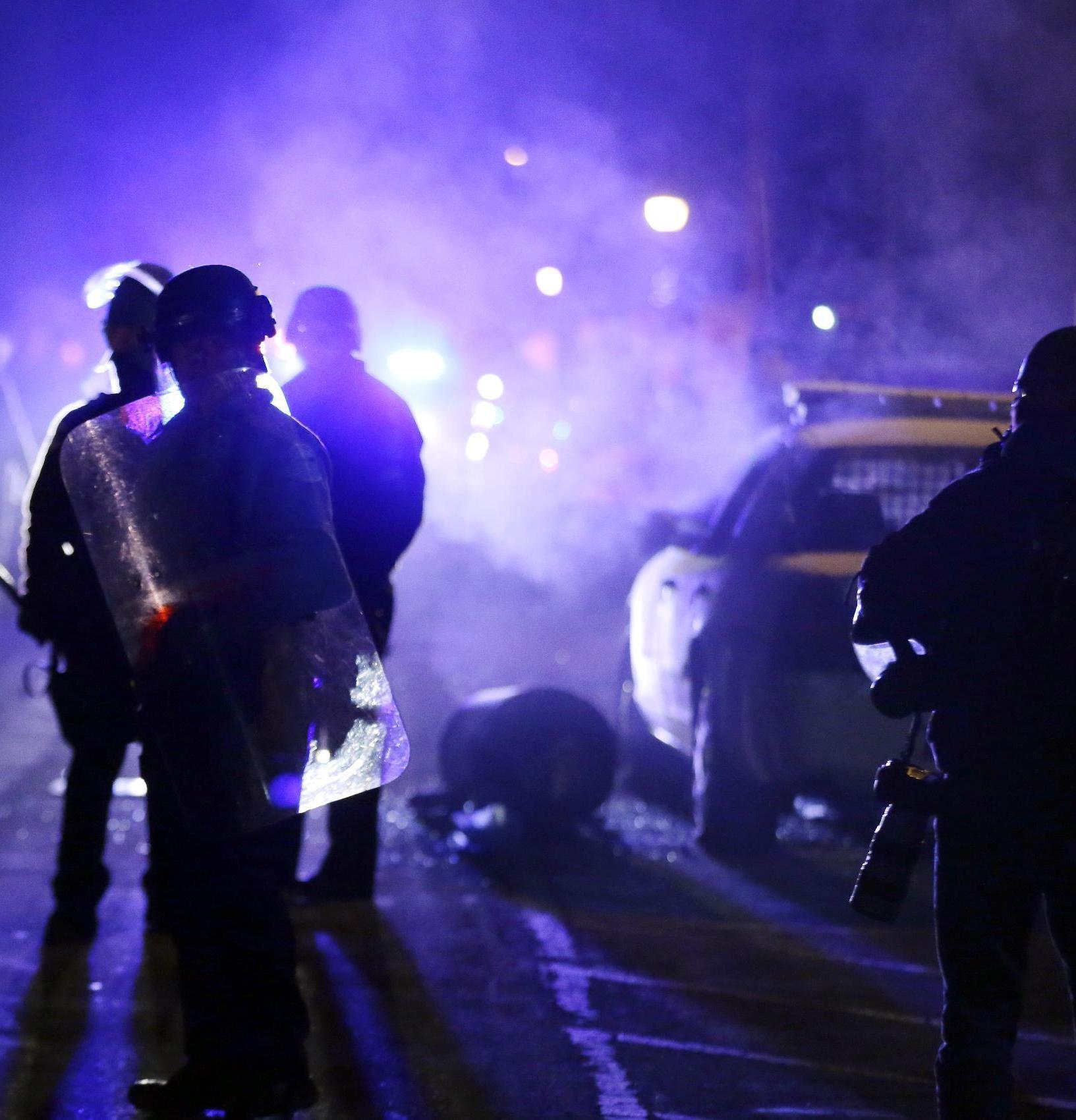Report on Ferguson unrest offers lessons in what not to do
The police response to unrest in Ferguson, Mo., last summer offers lessons in how not to handle mass demonstrations, according to a Justice Department report that warns such problems could happen in other places roiled by mistrust between law enforcement and the community. The report creates a portrait of poor community-police relations, ineffective communication among the more than 50 law enforcement agencies that responded, police orders that infringed on First Amendment rights, and military-style tactics that antagonized demonstrators.
What our officers encountered during those first 17 days of unrest has forever changed policing. We acknowledge such change by the progressive steps our department has taken to build better community relationships.
Schron Jackson, spokeswoman for the St. Louis Police Department
The report focuses on the regional police response in the 17 days that followed the Aug. 9, 2014, shooting of Michael Brown, an unarmed black 18-year-old, by a white police officer. In a detailed chronology, it tracks missteps that began almost immediately after the shooting and continued into the following weeks. It also makes clear that the factors that created the unrest in Ferguson are not unique to the city, particularly in a year of heightened tensions between police and minority communities nationwide. Several law enforcement agencies whose actions were studied said they’ve learned from the events.
We have seen violence strike at all segments of our community. It is a sad fact now that no one is safe.
Attorney General Loretta Lynch

Americas Ferguson report